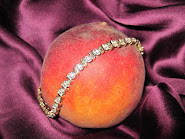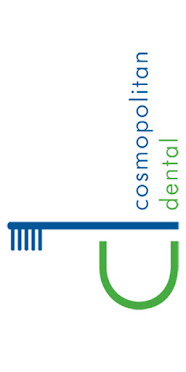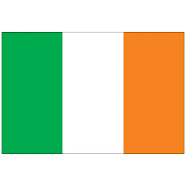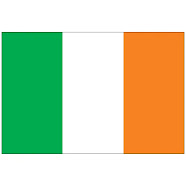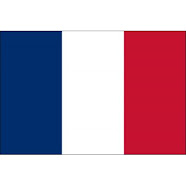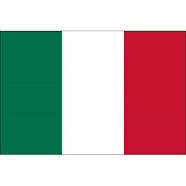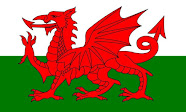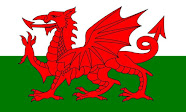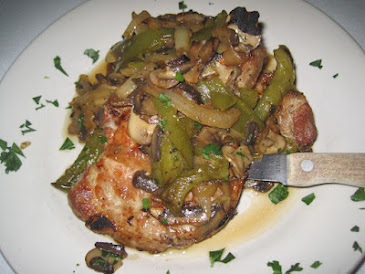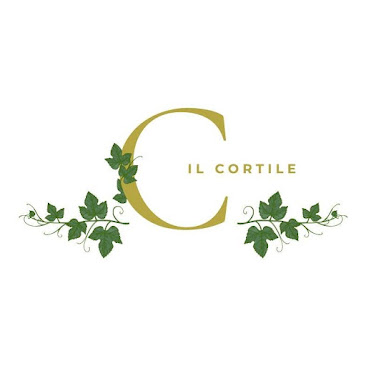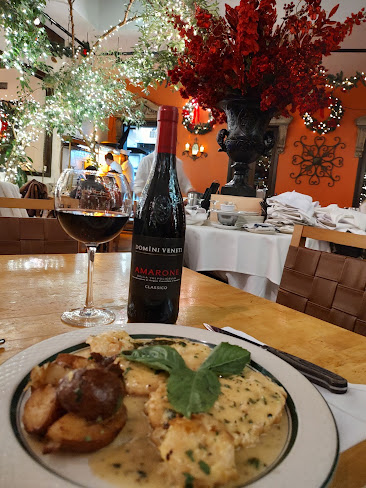NATIONAL GALLERY TELLS WHOM YOU KNOW - Leonardo, Michelangelo, Raphael around 1500

Room 20
2 September 2017 – January 2018
Admission free
This autumn there is unique opportunity to explore the complex relationship between three giants of Renaissance art in a special display at the National Gallery.
Leonardo, Michelangelo, Raphael around 1500 brings together eight works by Leonardo da Vinci (1452–1519), Michelangelo Buonarroti (1475–1564), and Raffaello Santi, or Raphael (1483–1520); three artists who were keenly aware of each other’s work and at times intensely rivalrous. Together they are credited as fathers of a new, dynamic, monumental, and psychologically incisive approach to art – the High Renaissance.
National Gallery Director, Dr Gabriele Finaldi, says: “This display of great masterpieces by Leonardo, Michelangelo, and Raphael – the triumvirate of the High Renaissance – could only happen at the National Gallery. The combination of our own astoundingly rich holdings and the exceptional loan from the Royal Academy of Michelangelo’s marble tondo makes this a completely unique event.”
The centrepiece of this free display is The Virgin and Child with the Infant St John, also known as the Taddei Tondo (1504–05). The work, the only marble sculpture by Michelangelo in the UK, was an exceptional loan from the Royal Academy to the critically acclaimed Credit Suisse Exhibition: Michelangelo & Sebastiano (15 March – 25 June 2017). The sculpture currently remains on loan to the National Gallery, providing a once-in-a-lifetime opportunity to explore the connections between these three Renaissance masters.*
In Leonardo, Michelangelo, Raphael around 1500 the Taddei Tondo is presented alongside seven choice works from the National Gallery Collection to tell the story of how these three artists inspired each other in their revolutionary approaches to art around the turn of the 16th century: how they learnt from each other, stole from each other, and worked in opposition to each other – respectful friends and acrimonious rivals.
Matthias Wivel, the National Gallery’s Curator of 16th-century Italian Paintings says “For a museum that doesn’t normally have sculpture at its disposal, it is fantastic to have on hand one of the greatest in Britain, not least because it complements the National Gallery’s rich holdings by these three giants of Western European art so well. Sculpture is so crucial to the development of visual art at this time and the ‘Taddei Tondo’ provides a key to understanding Michelangelo’s evolution as an artist, following but also rejecting Leonardo’s example, as well as for the young Raphael’s development of a more expressive, dynamic style in synthesis with what he was simultaneously learning from Leonardo.”
The other Michelangelo works featured in Around 1500 are The Virgin and Child with Saint John and Angels ('The Manchester Madonna', about 1497) and The Entombment (about 1500–1). Leonardo is represented by The Virgin with the Infant Saint John the Baptist adoring the Christ Child accompanied by an Angel ('The Virgin of the Rocks') (about 1491/2–9 and 1506–8) and The Virgin and Child with Saint Anne and the Infant Saint John the Baptist ('The Burlington House Cartoon’) (about 1499–1500). There are three works by Raphael in the display – The Madonna and Child with Saint John the Baptist and Saint Nicholas of Bari ('The Ansidei Madonna') (1505), Saint Catherine of Alexandria (about 1507) and The Madonna of the Pinks ('La Madonna dei Garofani') (about 1506-7).
*The Taddei Tondo will return to the Royal Academy of Arts in 2018 as part of a free redisplay marking the institution’s 250th anniversary.
Of Tuscan origin, Leonardo returned to Florence in 1499 after more than fifteen years in Milan, where among other things he had painted two versions of The Virgin of the Rocks, the second of which is displayed here. In 1501 he exhibited to the public a now lost full-size drawing – or ‘cartoon’ – of The Virgin and Child with Saint Anne. It would have been closely related to The Burlington House Cartoon, exhibited here. Leonardo’s animated, mobile figures impressed his younger compatriot Michelangelo who adapted them for his marble Taddei Tondo. Its sense of psychological purpose and disquiet is Michelangelo’s own, however, and runs counter to Leonardo’s dispassionate, otherworldly approach. A deep animosity developed between them.
Hailing from Urbino and trained in Umbria, the young Raphael made his name with such works as The Ansidei Madonna. In Florence from around 1504–5, Raphael quickly assimilated Leonardo’s style, as seen here in The Madonna of the Pinks and the Saint Catherine. Similarly, Raphael made drawings after Michelangelo’s works, including the Taddei Tondo, integrating Michelangelo’s emotive dynamism into his own harmonious, idealised artistic style. Friendly at this stage of their lives, Michelangelo and Raphael would shortly become fierce rivals in Rome, competing for commissions from successive Popes and their courts.
IMAGE
Michelangelo
The Virgin and Child with the Infant Saint John the Baptist ('The Taddei Tondo'), about 1504–05
Marble
106.8 cm diameter
Royal Academy of Arts, London (03/1774)
© Royal Academy of Arts, London; Photographer: Prudence Cuming Associates Limited






